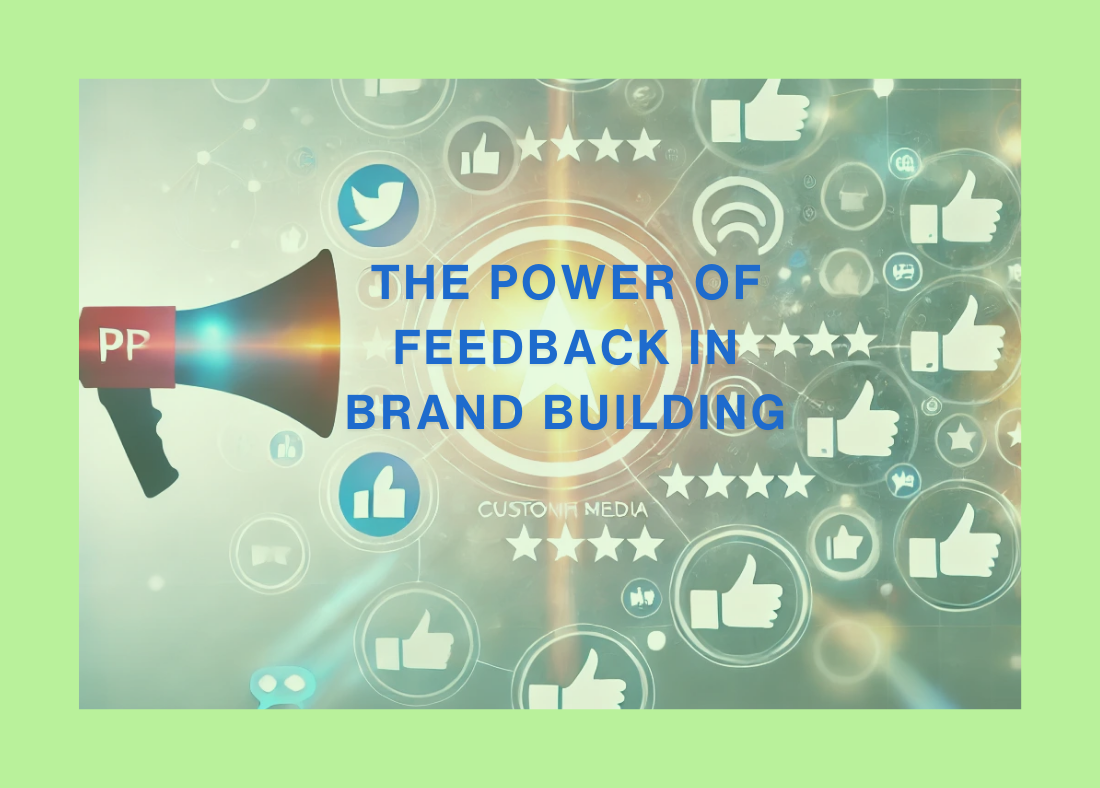The boundaries between public relations (PR) and customer experience (CX) have become intertwined, especially in today’s digital world. When executed strategically, customer testimonials, reviews, and feedback loops can elevate a brand’s public image and strengthen customer trust.
How Customer Testimonials Shape Brand Image
Customer testimonials have long served as valuable assets in building trust and credibility. Unlike advertising, testimonials are genuine expressions of satisfaction, showcasing real-world benefits and positive experiences. These authentic voices influence how new and prospective customers perceive a brand, often forming the foundation of a customer’s initial impression.
From a PR perspective, incorporating customer testimonials into brand messaging enhances a brand’s authenticity. Whether featured on websites, social media, or third-party review sites, testimonials provide an organic, unbiased endorsement that supports positive PR stories. As a bonus, testimonials also reinforce brand loyalty and encourage potential customers to engage with the brand, giving PR professionals a potent tool for improving brand image.
Feedback Loops
Feedback loops are vital for creating a culture of continuous improvement. Through regular feedback collection, brands can gauge customer sentiment, identify strengths, and uncover areas for enhancement. Establishing a responsive feedback loop is also beneficial for PR; brands that visibly address and act on feedback demonstrate accountability, which humanises the brand and builds public trust.
Publicly responding to customer concerns—especially on social media—gives brands a chance to display empathy and transparency. This openness helps turn potentially negative interactions into opportunities for positive PR, showing that the brand is listening and willing to improve. By valuing feedback, brands gain not only operational insights but also loyalty from customers who appreciate being heard.
Do’s and Don’ts for Integrating Customer Feedback into PR
While customer feedback can greatly enhance PR outcomes, it’s crucial to approach it with care. Here’s a guide on how to make the most of testimonials and feedback while avoiding common pitfalls.
Key Do’s:
- Encourage Authentic Testimonials
Reach out to satisfied customers and invite them to share their experiences, perhaps through post-purchase follow-ups or incentives. Genuine, unscripted testimonials resonate with audiences and boost brand credibility. - Respond Publicly to Feedback
Whether it’s a positive review or a customer complaint, responding promptly shows the brand’s commitment to customer satisfaction. Public responses on social platforms, in particular, illustrate a dedication to service, which is central to PR. - Highlight a Range of Customer Experiences
Showcase a variety of feedback to offer a balanced perspective. Including success stories, constructive feedback, and improvements made based on customer suggestions helps build transparency and demonstrates growth. - Incorporate Feedback into PR Campaigns
Use recurring themes from customer feedback to guide your messaging. For instance, if customers appreciate a product’s durability, weave that feature into your press releases, blog posts, and social media content. - Make Customers Part of Your Brand Story
Engaging customers directly as part of your brand story—through interviews, case studies, or guest blog posts—can create emotional connections and inspire trust. These stories show a brand’s impact and amplify positive PR.
Key Don’ts:
- Ignore Negative Feedback
Avoiding criticism can damage a brand’s reputation. Address negative feedback directly, offering genuine solutions and empathising with customer concerns to show accountability. Unless it becomes really acrimonious, keep responses public so that people can see how you respond and how transparent you are. - Over polish Testimonials
Altering testimonials to make them sound more polished can undermine trust. Allow customers to express themselves in their own words; authenticity is crucial to credibility. - Delete Negative Reviews (Unless Offensive)
Deleting complaints may be seen as dishonest, as genuine critiques provide opportunities to demonstrate responsiveness. Only remove content that is abusive or violates community standards. - Delay Responses
In a digital-first environment, timely responses are essential. Leaving feedback unanswered for too long can suggest a lack of customer care, weakening the brand’s reputation. - Overpromise in Responses
Avoid making promises you can’t keep. Instead, offer realistic solutions and follow through to build lasting trust without overcommitting.
Building a Resilient Brand Through Active Customer Engagement
At the intersection of PR and customer experience lies a unique opportunity for brands to forge stronger connections with their audience. By integrating customer feedback into PR strategies, companies can create an impactful narrative that not only shapes public perception but also fosters trust and loyalty.
When customer engagement is prioritised, it enhances brand resilience, reinforcing a positive public image that can withstand challenges and adapt to customer needs. Ultimately, a brand’s willingness to listen, respond, and improve based on customer input is its most powerful tool for effective PR.



